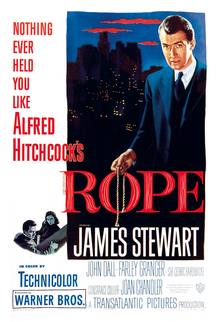Moreover, while some previous grand castle imagery I looked at earlier may give a pleasing form, it would most likely feel disjointed to the BGH, where the standard sand bucket castle would feel far too basic to have any real sentimental value to the BGH.


Its been tricky to find a balance in the design to keep it creatively appealing while maintaining its roots to an colonial era. Too much of one thing pushes the castle into a different direction entirely as grand towers with pointed tops appeared too disney/fantasy like, where other general forms felt too medieval. As such, I've structured the castle similarly to a colonial star fort, with a central tower to give it some height and form.

I believe the design works well to some degree, linking to the era of the BGH while maintaining some pleasing aesthetic form, though I wonder if I can push this further. Yet for now, it will serve as a place holder as the sand castle within my storyboards until I can return to it with some more time.
Some reference images of colonial castles/forts.



























































